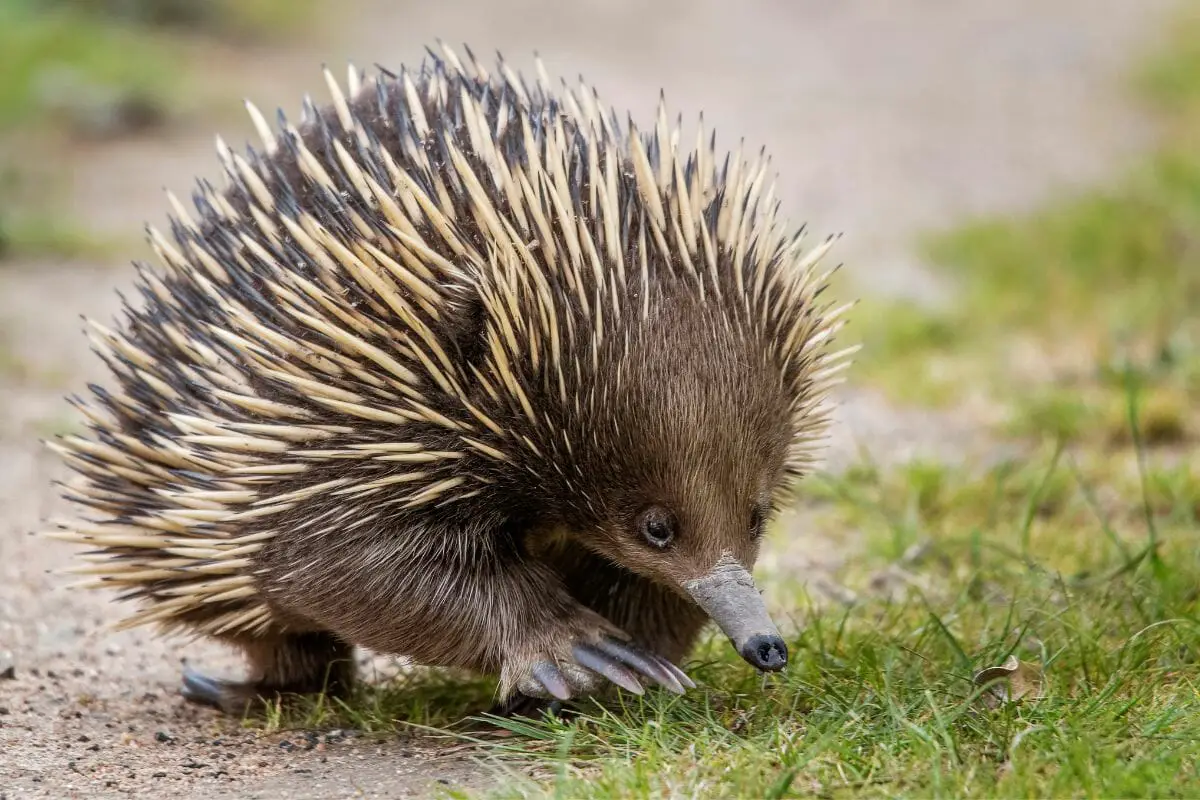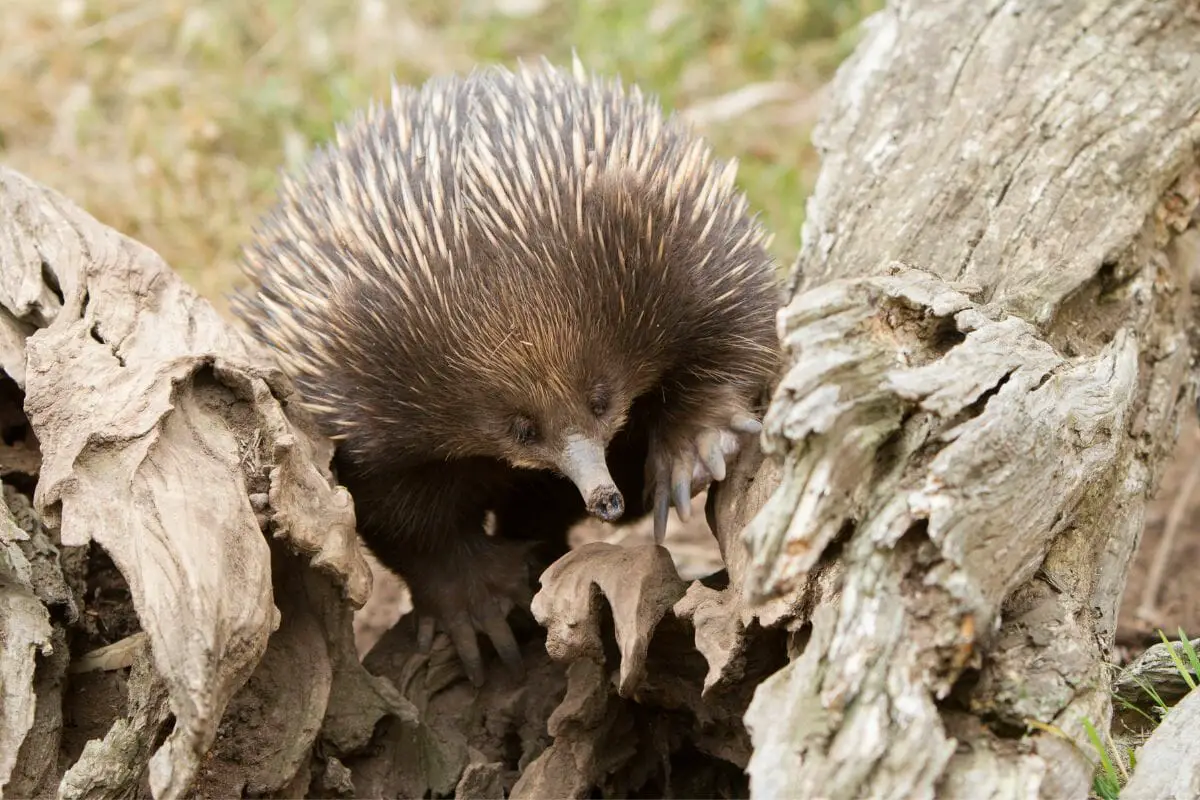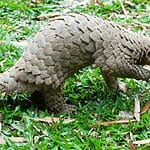When it comes to finding out the correct classification of an animal, it can sometimes be a difficult and strenuous task, especially if you’re not being provided with clear information from the internet, and if a library is too far away to get to in order to read up on the animal you’re interested in learning more about, then ultimately you will remain puzzled forever.

One of the animals that provides the most confusion about its classification is the Echidna, because these animals are rarely found outside of Australia and its surrounding islands, it means that many people across the world aren’t familiar with how this animal is classified, which is why it’s so commonly asked about.
So, if you want to know more about echidnas, whether they’re marsupials or not, as well as what they are actually classified as then read through this guide for everything you need to know about these wonderful creatures!
What Is An Echidna?
Before we can begin to evaluate whether or not an echidna is a marsupial or not, we’ll first take a greater look at what echidnas are, as many people are unfamiliar with their appearance and what these animals look like!
The short-beaked echidna, sometimes referred to as the spiny anteater, are incredibly similar in appearance to hedgehogs and porcupines thanks to the spines that cover their back.
What many people don’t realize is that echidnas actually have two different types of fur, there’s long fur, which is sharp, and acts like spines.
These spines are composed of keratin, which is the exact same material our fingernails are made up of, which explains why they’re so sharp.
Whilst underneath these spines is a coarser, shorter fur which helps to insulate the echidna and keep it protected from the cold.
Echidnas are also confused with hedgehogs and porcupines as they tend to be rather similar in size too, they typically measure anywhere from 30 to 45 centimeters in length, and weigh between 2 to 5 kilograms, and it is usually on a closer inspection where people tend to realize that these little creatures are not porcupines or hedgehogs!
Are Echidnas Marsupials?
One of the most common assumptions about these creatures is that they’re a form of marsupial, especially since they live in the same sort of habitat as many of the other most popular marsupial species in the world.
This is why it’s even more so of a surprise when people find out that Echidnas are not actually marsupial (see also: Quick Facts About Marsupials (Facts May Surprise You))animals!
That’s right, Echidnas are not actually marsupials, instead, they are what is known as “Monotremes”, which is the term used to classify a mammal that lays eggs.
For Echidnas, mating is the only time that they tend to convene with others of their species, as they’re typically more lonesome creatures.
This means that you might see Echidnas coming together during the period between July and August, as this is usually the prime mating season for them.
The next few weeks after this period will see the female Echidna begin to burrow and dig into the ground in order to lay a singular egg, which is characterized by its leathery appearance.
The female Echidna lays this egg into a sort of makeshift pouch, which is made by folding the skin from her lower abdomen, it is this pouch that leads so many people to become confused about an Echnida’s classification!
Once 10 days have passed, the egg will then hatch, producing a hairless, blind, baby Echidna, which is known as a puggle.
This puggle will then make its way to the milk pouch which is located inside of the pouch, where it will remain for anywhere between 8 to 12 weeks, after which it will begin to develop those hard spines, which is when it must then leave the pouch.
However, the puggle will remain comfortably inside of the burrow the mother Echidna made for another 6 months, nursing itself until it is ready to leave the burrow.
Echidna Habitat

The habitat of Echidnas is divided by the subspecies, with short-beaked Echidnas preferring Australia and New Guinea, whilst long-beaked Echidnas exclusively prefer the highlands of New Guinea to inhabit.
Since short-beaked Echidnas often have to deal with a limited amount of termites and ants to feed on, it means that they can be found in a wide variety of different habitats and climates, and they will usually take shelter in fallen trees or underneath large rock formations.
Echidna Defence Mechanisms
Since the Echidna is a relatively small mammal, it means that it’s constantly targeted by other larger, carnivorous mammals, there are a wide range of animals that might pose a threat to an Echidna, including Goannas (Australian Monitor Lizards), Dingoes, Foxes, Cats, Dogs, Tasmanian Devils, Eagles.
As a result of this, it means that the Echidna has had to develop a number of defence mechanisms to protect themselves.
Although most of the time Echidnas will simply try to run away, they’re also known to curl up into small bones, which allows them to hide their soft underside, leaving their sharp spikes exposed, which helps to deter potential predators.
If the Echidna finds themselves on particularly soft surfaces, then they may decide to burrow themselves, once again just leaving their sharp spikes exposed, which is enough to deter most predators from trying to hurt them.
Overall, then, Echidnas are incredibly well equipped for fending off predators and potential danger, although they find themselves in trouble when a Tasmanian Devil finds them, as they will even go as far as eating the hard spiky fur too!
Echidna Diet
The diet of an Echidna is as to be expected for a small mammal, mainly consisting of things such as termites, grubs, larvae, ants, and worms.
Hunting these small food portions is made particularly easy for Echidnas thanks to its special adaptation found in its snout, which it uses in order to sense the electrical signals given off by its prey.
Once the Echidna has sensed its prey, the Echidna will deploy its sharp claws as well as its short and hardy limbs in order to dig into the earth to help expose its potential food, upon finding its prey, it will then pick them up using its incredibly long and sticky tongue, grinding up their prey using the horny pads found towards the rear of their mouths, which compensates for their lack of teeth.
Echidna Conservation Status
Thankfully, unlike some of the small animals that make Australia and New Guinea their home, Echidnas have been given the classification as a “Species of Least Concern”, which means that they are in no danger of going extinct anytime soon.
However, whilst short-beaked Echidnas are considered to be common in their habitat, they are still protected under law in Australia, and they are still prone to a number of threats, such as road crossing, bush fires, and droughts.
Conclusion
So, we hope you enjoyed reading our guide to Echidnas and their classification, and we hope you learnt more about these adorable creatures too!









